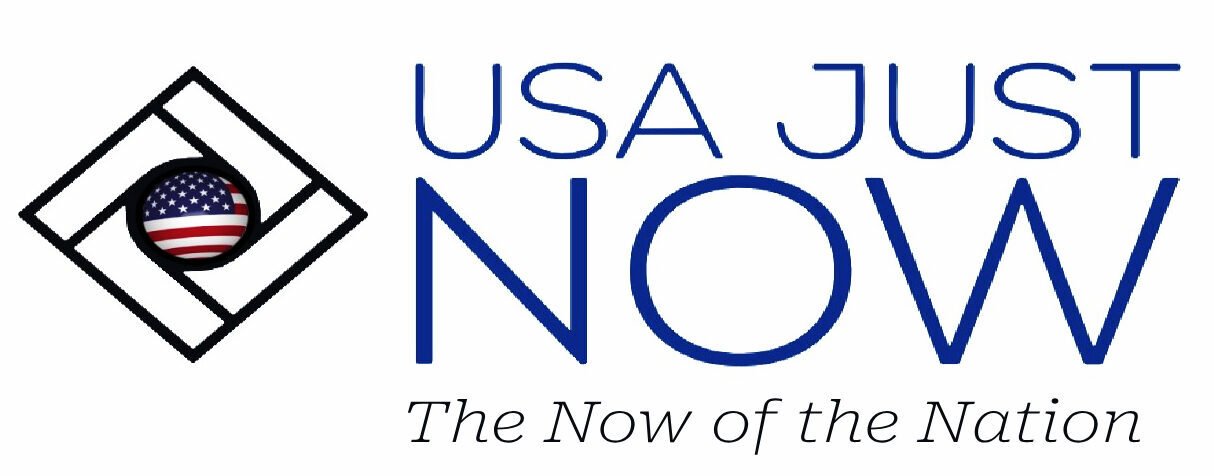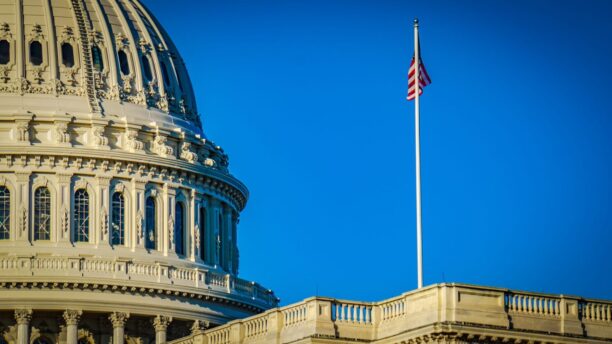Image (for representation only) Creator: Ted Eytan, Copyright: This material is licensed to the public under the Creative Commons
US Government Shutdown Enters Its Eighth day: Key Updates
- It is going to be a week of government shutdown Amid Congressional Deadlock: This time the government shut down entered its eighth day on Wednesday, October 8, 2025, as Congress remains deadlocked over a funding agreement. Thousands of government operations are disrupted due to the current shutdown. Approximately 2 million federal workers are impacted and 750,000 have been given furlough without pay.
- This time the Stalemate in Washington is Stubborn: The shutdown which began at midnight on October 1st, after lawmakers failed to pass a budget bill for the fiscal year 2026, Democrats and Republicans continue to blame each other, prolonging the impasse due to which despite multiple proposals and Senate votes, neither side agreed on the key issues such as health insurance subsidies and federal spending levels.
- Impact on Federal Employees and Services: There is a great possibility that once an agreement is reached between Democrats and Republicans, some furloughed federal workers might not receive back their pay as warned by the President Donald Trump. Also, some essential workers like air traffic controllers, emergency responders and military personnel will remain on the job but may not receive their pay until funding is restored. Some important agencies like Medicare, Medicaid, and the U.S. Postal Service will continue operations, though several others face slowdowns or shutdowns for non-essential functions. There are reports showing that the aviation sector is facing shortages of staff severely, which is resulting in delays and other operational issues & challenges across US airports.
- The Toll on Humans and Economy: Financial uncertainties have increased, many federal workers are facing financial instability during this time of unpaid furloughs, while some veterans and government benefits recipients are worried about delays in services. Key Food assistance programs such as SNAP and WIC will continue but are vulnerable if the shutdown continues. Economists have warned that this prolonged shutdown may slow down the economic growth, and disrupt government contracting, and may reduce consumer confidence.
- Congressional Outlook and Public Pressure: While lawmakers have indicated openness for the negotiation but are still far apart on specific terms. At least eight Democrats support is required by Senate Republicans to override the filibuster and pass a funding bill, a margin that has proven vague so far. With the increasing public frustration due to the uncertainty of the shutdown. This may increase pressure on Congress to reach a compromise and reopen the government. As we know the longest federal shutdown in U.S. history had lasted 35 days in the year 2018-2019, and this time the standoff risks surpassing that record if no solution is found soon.
This article is based on verified reporting from multiple reputable news organizations.








